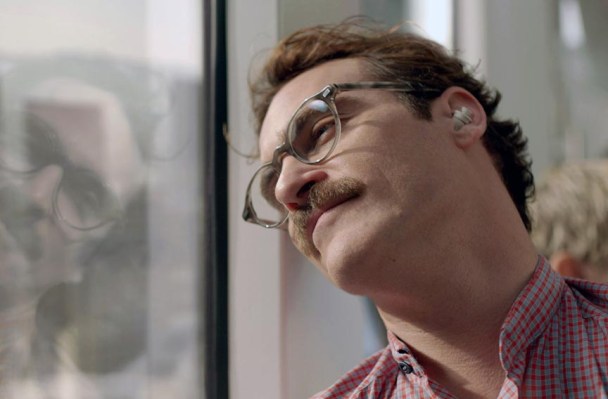Editor’s note: Ruochen Huang is an intern at CrunchBase and an undergraduate at the University of California, Berkeley.
These days the hardware you put in your ear can do much more than just play music.
Although new technologies are just coming to market, the earworn wearables sector has companies developing products that change the way people perceive devices worn in and around the ear — and it’s projected to be a $5 billion market by 2018.
According to CrunchBase data, nine VC-funded and crowdfunded “hearable” companies captured nearly $52 million since 2009. And some of the biggest names specializing in music entertainment and sound engineering (like Live Nation Entertainment’s investment in Doppler Labs) are joining the chorus of support for this emerging technology sector.
Funding nearly tripled for hearables from $12.6 million in 2014 to $31.2 million this year to date. This is largely due to two substantial venture rounds in the past two months alone: Eargo’s $13.6 million Series A and Doppler Labs’ $17 million Series B.
“The ear is a very great place to put a lot of sensors and also shape experiences because you can actually have a speaker there and provide a lot of augmented content through your mobile device,” says Eargo co-founder and CEO Raphael Michel to CrunchBase. “But it’s a challenging environment because it’s small, every ear canal has a unique shape, and it’s a sensitive place with moisture and earwax.”
Using patented flexi fibers that can flex and accommodate the shape of different ear canals, Eargo has developed a hearing aid that is both virtually invisible and fits comfortably within the ear – a device that could potentially upend the traditional hearing aid industry, according to the company.
“There is currently a lot of stigma around traditional hearing aids. People tend to associate them with being old, and what they have in mind is this traditional hearing device that sits on the ear that nobody really wants to wear – and it costs a lot of money,” says Michel. “When you want to make a wearable that you wear all day long, it needs to be socially acceptable. And the best way to make it socially acceptable is to make it invisible.”
In addition to devices that seek to work in harmony with the human anatomy, still other companies are developing ways to make once-isolating activities, such as listening to music with headphones, more social and inclusive.
“We understand that a lot of people prefer to listen to music by themselves, but we also want to give them the option to enjoy their music with others,” says Wearhaus co-founder Richie Zeng. His company’s Wearhaus ARC headphones allow users to broadcast their music to nearby headphones.
Based in Berkeley, Wearhaus is one of the many companies in the hearable market that raised money through a Kickstarter crowdfunding campaign. The company has shipped over 2600 units since May.
“Our biggest goals are to expand our distribution and get our technology into the hands of as many people as possible,” Zeng says. “The first step for us is to expand out product line (in-ear, over-ear, different price points, etc.) to make the social experience as accessible as possible. Eventually the goal for our technology is going to have it built in to other Bluetooth headphone brands as well.”
Michel agrees. “We’re all about making the technology accessible to as many people as possible, and what we need to do is to make it available to as many channels as possible.”
In addition to Wearhaus, three other earworn wearable companies used a crowdfunding platform, raising nearly $6 million altogether from fans and supporters.
